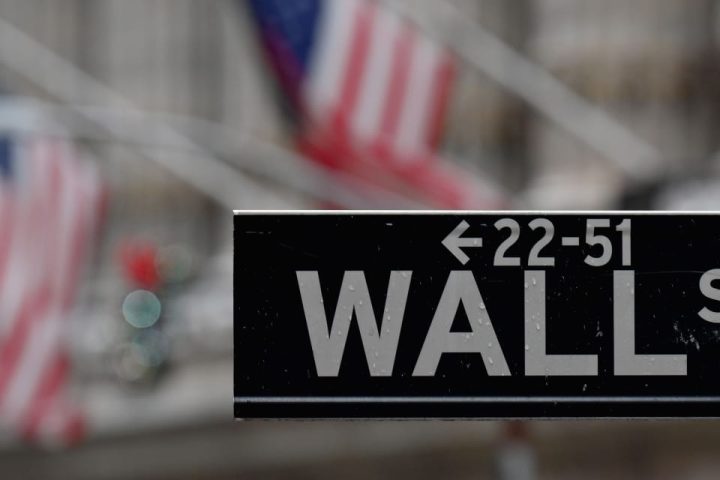By Michael S. Derby and Dan Burns
(Reuters) -The Federal Reserve report released Friday flagged a range of what it deemed “notable” vulnerabilities in financial markets, while adding the stress that roiled the banking sector a year ago has faded considerably.
The Fed also used the latest release of its periodic Monetary Policy Report to say that officials will not start moving their short-term interest rate target down until they gain greater confidence inflation is truly moving back to the 2% target.
In the report, the central bank noted a number of ways in which borrowing levels, or leverage, were increasing risks in the financial sector. It also said stock prices were “close to historical highs.” The Fed said leverage at hedge funds had stabilized at high levels, while life insurers were facing a situation where they were becoming more reliant on non-traditional sources of funding.
Meanwhile, while banks’ sources of funding remain liquid and stable, funding costs were on the rise, the central bank said. But even with those rising challenges, the Fed report said “the banking system remains sound and resilient” and “acute stress in the banking system has receded since last spring.”
A year ago, the Fed contended with bank problems of a magnitude that forced it to launch a new liquidity facility, amid surging demand for central bank credit. Much of that borrowing has faded away as a major concern for markets and the central bank, and the Fed will close this month the Bank Term Funding Program stood up to deal with the troubles.
The Fed report said credit remains available for most who want it, while acknowledging borrowing’s high expense: “Interest rates on both credit cards and auto loans remain higher than the levels observed in 2018 at the peak of the previous monetary policy tightening cycle.”
On the economy, the Fed reiterated it was committed to getting inflation pressures back to its target and said the rate-setting Federal Open Market Committee “does not expect it will be appropriate to reduce the target range until it has gained greater confidence that inflation is moving sustainably toward 2%.”
Fed forecasts from the close of last year, buttressed by officials’ comments, have all pointed to rate cuts this year amid falling inflation pressures. But economic strength and an uneven path back to 2% have pushed back market expectations of when the easing will start, likely toward the summer.
PRELUDE TO POWELL
The Fed’s twice-yearly report to Congress comes ahead of two days of testimony by Fed Chair Jerome Powell set for Wednesday and Thursday next week. Powell is likely to face a barrage of lawmaker questions about the Fed’s tight policy stance and expectations for easing it, a sensitive topic in a presidential election year.
The report generally recaps economic developments and actions taken by the Fed in the period since the previous update given to lawmakers. Fed concerns over financial markets’ vulnerabilities had already been noted in the release of meeting minutes for the January FOMC meeting, released last week.
At the Fed’s most recent policy meeting in January, central bank staff briefed policymakers on their assessment of stability within the U.S. financial system, with the minutes saying staff “characterized the system’s financial vulnerabilities as notable.”
A number of congressional Democrats have already been hounding Powell over high rates, complaining they are exacerbating already-poor housing affordability for low- and middle-income households. Republicans, meanwhile, have been critical about the Fed’s initially slow response to inflation and could chastise Powell over indications he may lower rates ahead of the November election.
ELECTION-YEAR RATE CUTS
The Fed’s next interest rate-setting meeting is scheduled for March 19-20, and policymakers are widely expected to leave their benchmark policy rate unchanged at 5.25%-5.5%, where it has been since July.
The upcoming meeting will also bring updated forecasts on inflation, employment, growth and interest rates. In December the Fed penciled in three rate cuts, and in comments to reporters on Wednesday, New York Fed leader John Williams said that outlook is a “reasonable” place for Fed officials to think about the monetary policy outlook.
But the timing of action remains in question. After a benign run of inflation data through the second half of 2023 led financial markets initially to position for rate cuts as early as the March meeting, the first set of inflation readings for 2024 have at least temporarily stalled some of that momentum on taming the pace of price increases.
Market pricing now reflects a prevailing view that the first cut will occur in June, although a first cut at the April 30-May 1 meeting is not out of the question.
Read the full article here







